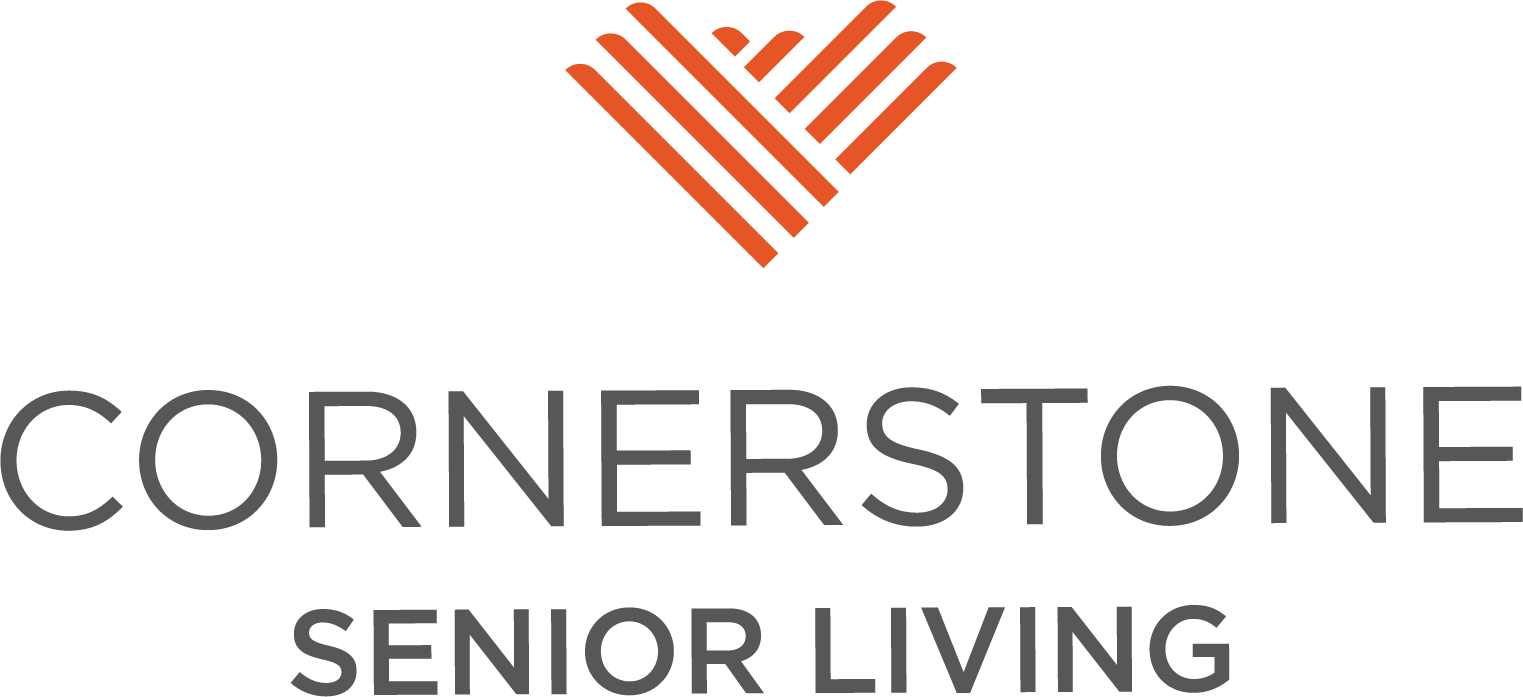
We’ve all heard that a sedentary lifestyle is not healthy for the body. As young adults, we learn that being a couch potato leads to weight gain, heart problems, and other health issues. However bad this may sound, leading an inactive life as a senior poses far more health issues for those in senior living communities.
Does Sedentary Living Set in On the Elderly?
Sad to say, but older individuals are more prone to giving in to an inactive lifestyle. Although they may want to be active, if they live alone at home with little assistance, activity is a tough option. Inactivity, or “the sitting disease,” is bound to set in without proper attention.
What are the Dangers of Inactivity in Senior Living?
If you have a loved one at a senior living community that is getting used to sitting in a chair for the majority of the day, by doing nothing, you are promoting some seriously negative health developments. Here is a brief overview of some of the most common problems that inactive seniors face.
Bone Loss
Although bone loss in the elderly is a common issue, inactivity increases the risk of experiencing this problem at a more rapid rate. The average senior that keeps up with a healthy lifestyle is not only able to keep up their needed strength, but they also have healthier longer-lasting bones.
High Risk for Depression
Physical activity is known to have high, mood impacting effects on the people that regularly participate in it. With little to no activity, especially as we age, we become more prone to depression if we don’t remain active. This means that activity in senior living is even more important for those in these communities.
Loss of Muscle Mass
When the body isn’t getting enough physical activity, it begins to lose muscle mass that it needs. For most people, this isn’t a huge deal, but for seniors in senior living communities, this can be a life-altering loss. By losing excess muscle mass due to inactivity, seniors face difficulties performing basic lifestyle needs like:
- Bathing,
- Getting Dressed,
- Eating
Greater Risk for Diabetes
Type 2 Diabetes is one of the larger risks that you want your loved one to avoid as they get older. Inactivity greatly increases the risk for this deadly disease. By not using your muscles properly, your body fails to process sugar properly, raising blood glucose levels to dangerous heights.
How Can Senior Living Help Prevent Inactivity?
While these are all frightening outcomes for anyone, luckily within senior independent living communities there are many options to help prevent such problems. Some ways to help your loved one avoid a sedentary lifestyle is to regularly visit, get them walking around, and encourage them to remain social within the community.
Cornerstone Senior Living is a Great Place to Stay Healthy During Your Golden Years
If your family is needing to make the decision on whether or not to place a loved one in a senior living retirement community, Cornerstone is here to make the decision painless. Schedule a tour of one of our communities and find out how we can make your loved one’s life easier.



 Copyright © 2023 Cornerstone Senior Living - All Rights Reserved
Copyright © 2023 Cornerstone Senior Living - All Rights Reserved
I was a champion at procrastinating. In college I accidentally attended the lecture on sedentary lifestyle that blew me away. I recently read a blog at Acupuncture is My Life that people with sedentary lifestyle has higher chance of developing dementia even with the fact that they have no history of the disease in their family.